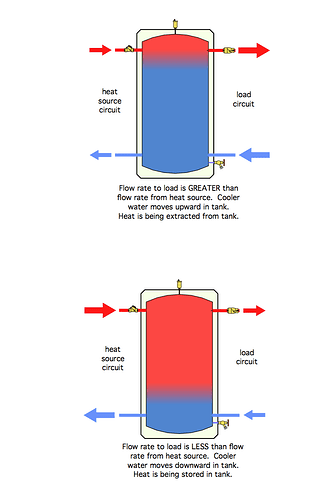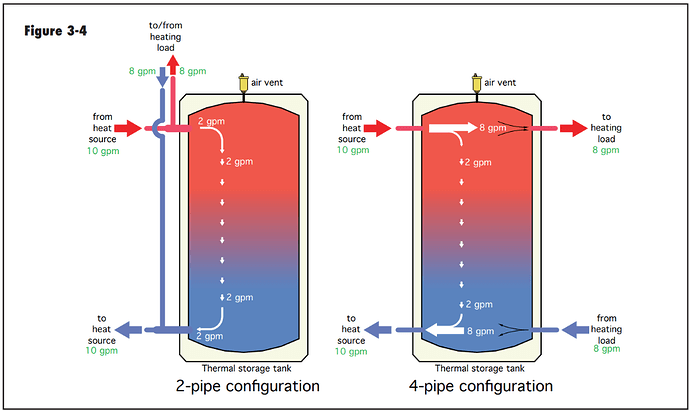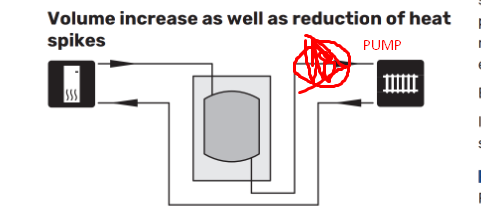Yes Matt, this is correct. Seems that with my current setup I can’t use pure water law without extensive cycling at higher outdoor temperatures. This would be possible if Samsung’s control logic is more advanced which obviously is not.
In UK you have a product named Homely which is an intelligent controlling for heatpumps. It connects to modbus and then can manage the pump according weather, light sensor etc. and I believe this is much more intelligent that the Samsung default logic. It can learn how your house is consuming heat and can adjust pump parameters according this. So this could help indeed, unfortunately, it’s available only in UK an few other countries. I would order it from UK but their installer app is not available in my region.
So I’m thinking to install modbus and somehow play with it and see if I can figure out some better thermostatic control.
Installer knows nothing, they didn’t know they have to install external pump. I had to say them…
So the conclusion is that I have to use “indoor thermostat” mode and set curves at higher outlet temps - for now ![]() Probably I will install external thermostat where I can set hysteresis of my own. This would fully solve my current issue with thermostatic controls.
Probably I will install external thermostat where I can set hysteresis of my own. This would fully solve my current issue with thermostatic controls.
For now I will simply set it that under 3C the system never reach the desired temperature (by setting the heating curve appropriately) - it will only approach it. This ensures that pump will be running constantly and this is not a problem for my radiators. Above 3C the higher outlet water will cause the thermostat to switch off and then it starts again only if temp decrease by 1C. Not perfect solution but I guess it’s the best option at the moment. Or maybe I connect external thermostat if I figure it out where to connect it ![]() Saw some Chinese Wi-Fi thermostats which operates with 0.5C hysteresis. I still can’t believe Samsung did not incorporate this primitive settings into their wired controller.
Saw some Chinese Wi-Fi thermostats which operates with 0.5C hysteresis. I still can’t believe Samsung did not incorporate this primitive settings into their wired controller.
Do you agree ?




